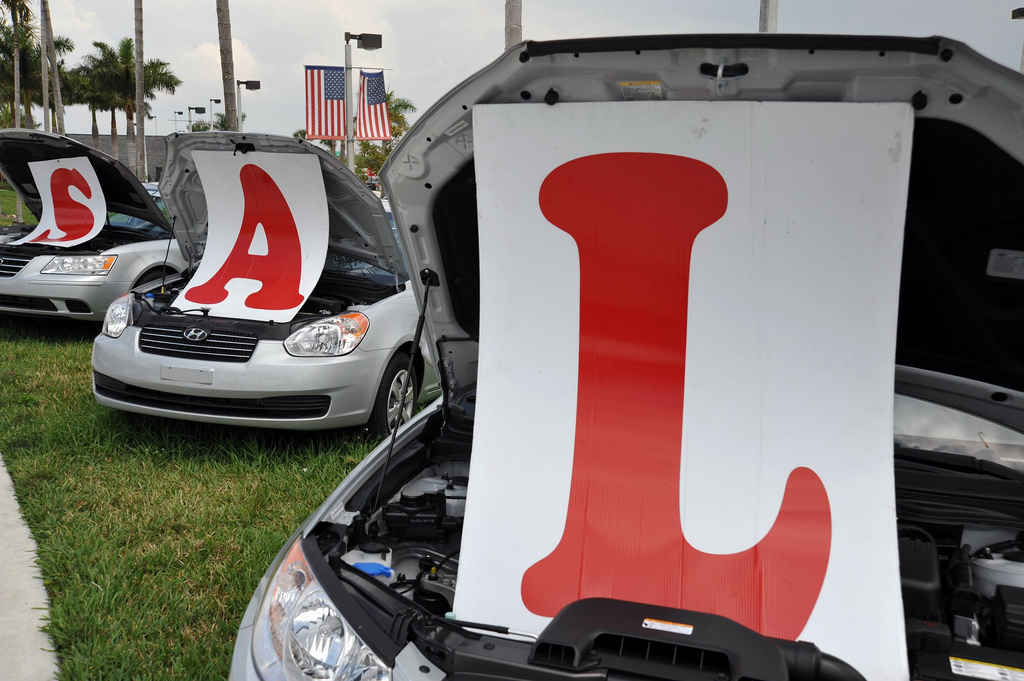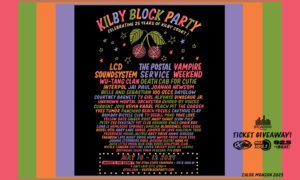
Courtesy of Emilio Labrador
Buying a car is always a tough decision. You are buying something you are likely stuck with for quite some time. For some, it is probably the biggest commitment you can make.
To make this time a little less stressful and a little more fun here are ten things you MUST do when buying a car in Salt Lake City.
Before I start on the list here is the one takeaway. If you remember nothing else, just remember this: “The More You Know, The Better it Will Go.” I didn’t originally intend for that to rhyme, and it might sound corny, but it works. What I mean is that the more you understand about the car you want, what prices you can get, and how to negotiate, the better the whole process will be. That being said, let’s get started.
-
Evaluate what you need
Most people start out by looking for the coolest car, the fastest car, the car that will get you the most chicks, or the cheapest car. While all that may be significant, you need to start out by thinking about what you need.
Do you travel long distance on the freeway for work?
Do you have a lot of kids you need to haul around?
Do you go off road a lot?
Maybe you are a salesperson that takes clients in your car?
Whatever it is you need, think about it first. Then, narrow down what types of cars you can look at by what you need.
-
Evaluate what you can afford
This is pretty basic, but a lot of people don’t do it for some reason. If you know what you can afford then you won’t be tempted to get a car that it out of range for you. Knowing your price range will help you narrow down which cars you can look at before you even step on the lot.
You can use tools like Bank Rate’s Calculators. This helps you put in possible rates and auto loan costs. That way you can see how much interest you pay vs. principal.
-
Decide on New or Used
This step might go quickly, but it is important. It might make a difference in where you search. (i.e.,. KSL.com vs. a dealership).
The primary thing to think about is that new cars usually have less maintenance costs, you know who has owned them before (no one), and you know how they have been treated. However, they often cost more even if they have nearly identical features as a previous year.
With used cars you can negotiate a lower price because it is used. But there are likely more maintenance costs and usually no manufacturer warranty. With enough research you can often find a lightly used car for much less than a brand new car with nearly identical features. My general rule for a lightly used car is no more than 10,000 miles per year. Meaning if the car is 2010 I’d hope for no more than 50,000 miles (this article being written in 2015).
-
Research, research, research
Buying a car is a big thing, so research it like it is. You know what you need, what you can afford and if you want new or used. You can now go research specific cars. Now is the time to look at you want within the limits of what you can afford and need.
The first thing is to look at sites like Edmunds.com and KBB.com to find out what a fair price is for the cars you’ll be looking for. You’ll be going back and forth between these sites and dealer sites or KSL.com.
Study what features cost and the difference between the economy version and the luxury version. There can be a huge price gap. If you like a few features, you can negotiate getting a lower model with a couple of those features you want.
-
Get a good interest rate
Another hold up to buying a car besides the price could be the interest rate. Dealerships have financing, banks and credit unions do too. You may hear lots of commercials telling you all the interest rate deals but until you get approved those rates are just numbers.
Start by getting your credit score. You can get a free credit report from places like CreditKarma.com. This will help you know what rates you may qualify before ever going in to get approved.
Next, I recommend going to a credit union. I’m biased that way, but it’s what I recommend. Usually, they have lower rates. Either way you can shop around.
When you finally do go in, make sure you get pre-approved NOT pre-qualified. Many banks will say you are qualified for one rate but when you go to lock it in you actually aren’t. This is like those $20,000 limit credit cards you get in the mail that say you are “qualified.”
-
Research car dealers
Before you go out and look for cars, give yourself a fighting chance by narrowing down who you will go and talk to. There are hundreds of car dealers in the area and you can easily get overwhelmed if you just go to each one looking for a car.
Start by asking friends and family whom they recommend. Mostly likely they will have opinions about who they dealt with in the past and that can narrow down your choices to the best dealers.
Browse sites like KSL.com/Cars.com and look up the cars you want. Plenty of dealers have uploaded their entire inventory to the site for you to browse. These sites also have reviews on dealers.
-
Take a test drive
This may show my generation, but I believe, like Harry Potter, that the car chooses the driver.
Take your new car-to-be for a spin. Get a feel for it. Most important, drive it in as many different ways as you can. Get on the freeway and see its pick up speed. Make big turns and listen for any strange noises. Brake hard and see if everything stops normally.
Don’t be afraid to drive it a little rough (not super rough as you don’t want to have to pay for damage). This car is going to be with you for a while and you want to know if it can handle more than just sitting on the lot.
-
Get the vehicle inspected.
This tip has SAVED me. You’re about to pay 10, 20, or 30 thousand dollars on a car, take $100 and have it inspected by a trusted mechanic for anything that might be a game changer.
-
Negotiate. Don’t be afraid to walk away
If the car passes all the previous 8 steps, it’s time to begin negotiations. There are dozens of ways to get the price lower on a car. Here are a few tips:
- Don’t ever call it negotiating. Say that you are looking for a certain price and when you are satisfied you’ll buy. Simple as that.
- Follow up on a Saturday or Sunday just before closing time.
- Follow up on the last day of the month.
- As stated before, know the price of the car and how much it is worth.
- Call a few other dealers and see if they’ll beat out the price you got.
- Be polite. You don’t like rude salesmen well, they don’t like rude customers.
- Make sure you ask for the price out the door. The price of the car is one thing, but there can be additional costs. Know them all and see which ones you can cut out or get lowered.
- If you don’t like the price you are getting (and it is a reasonable price you want), then don’t hesitate to walk away.
-
Sign the contract and enjoy your car
After you sign the contract, make sure you enjoy your car! You’ve done a lot of hard work and it’s time to enjoy it.




























